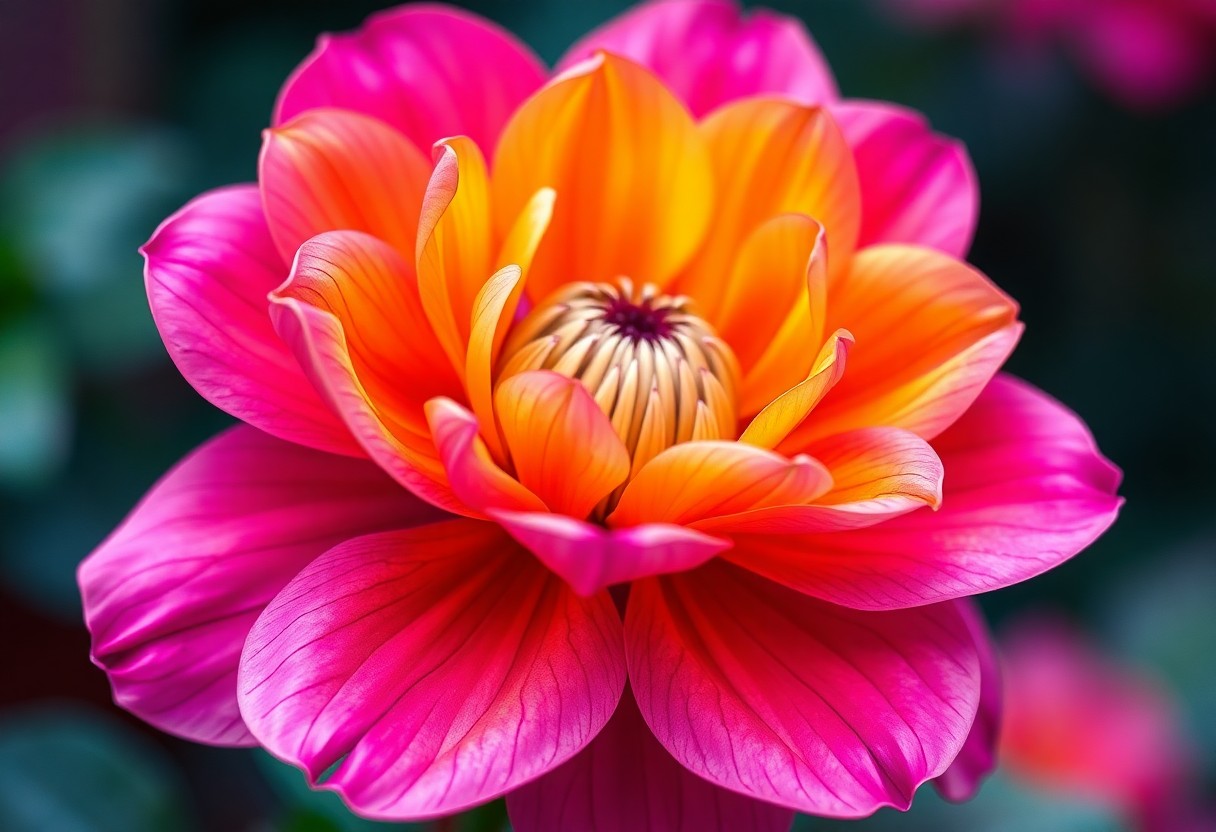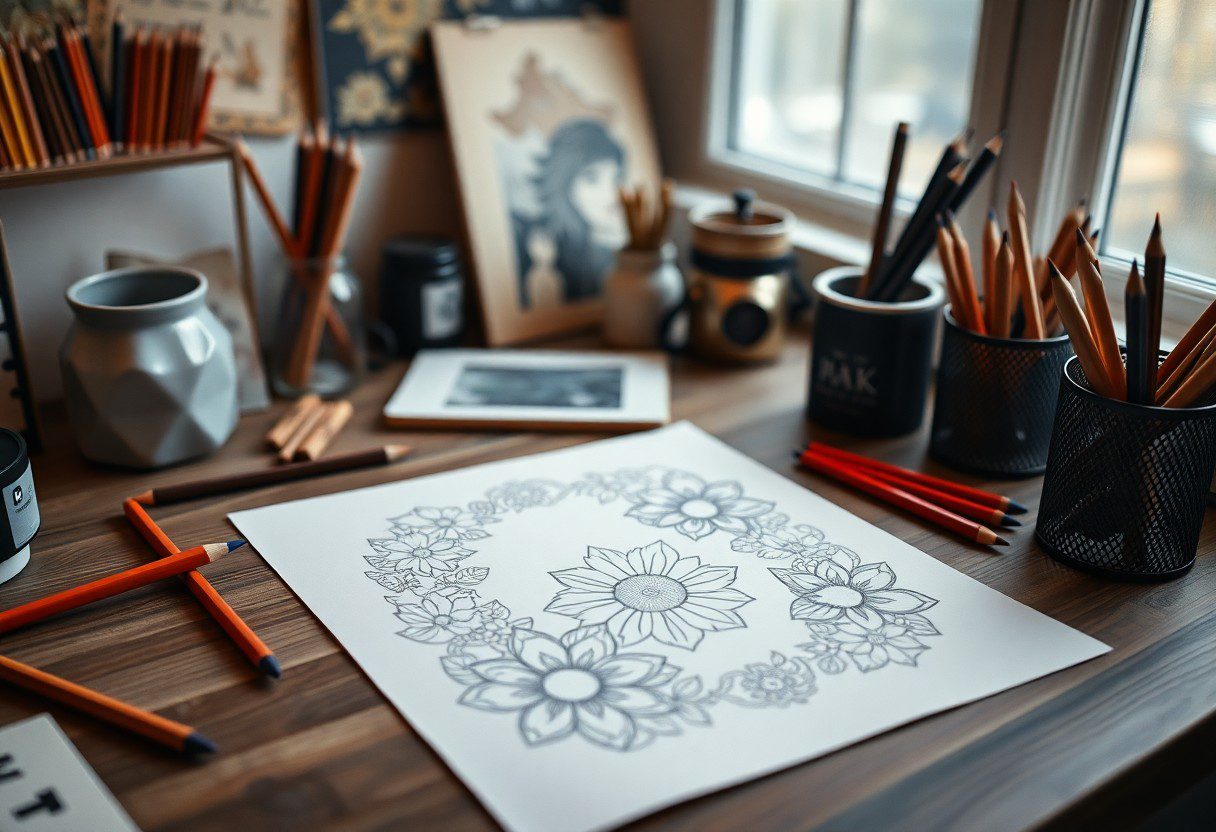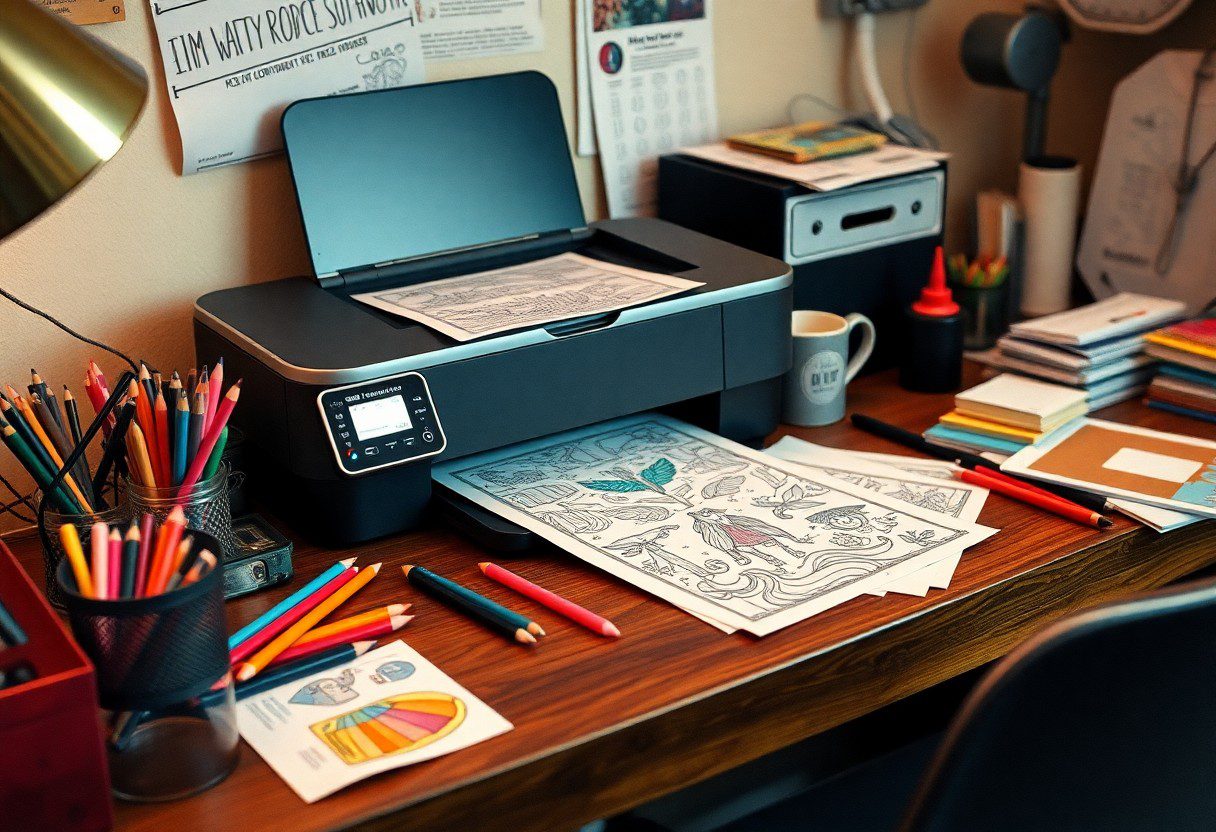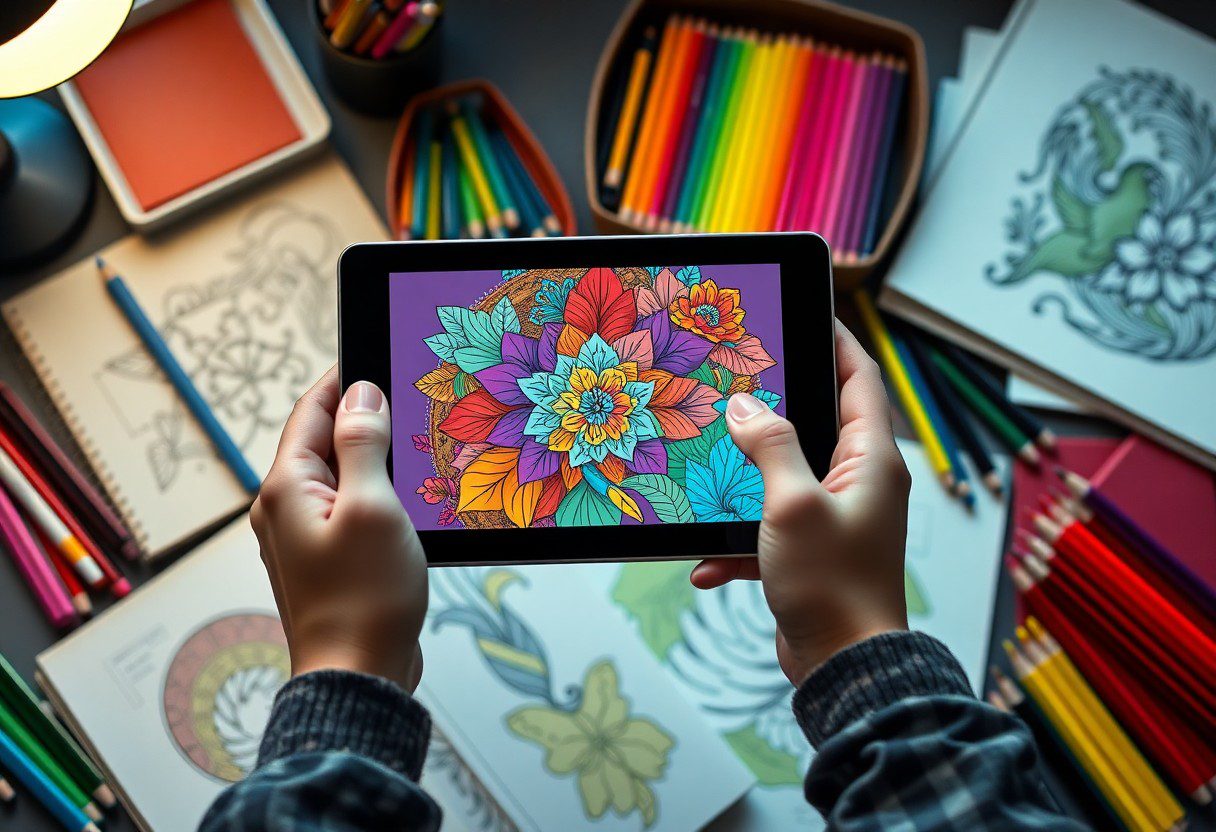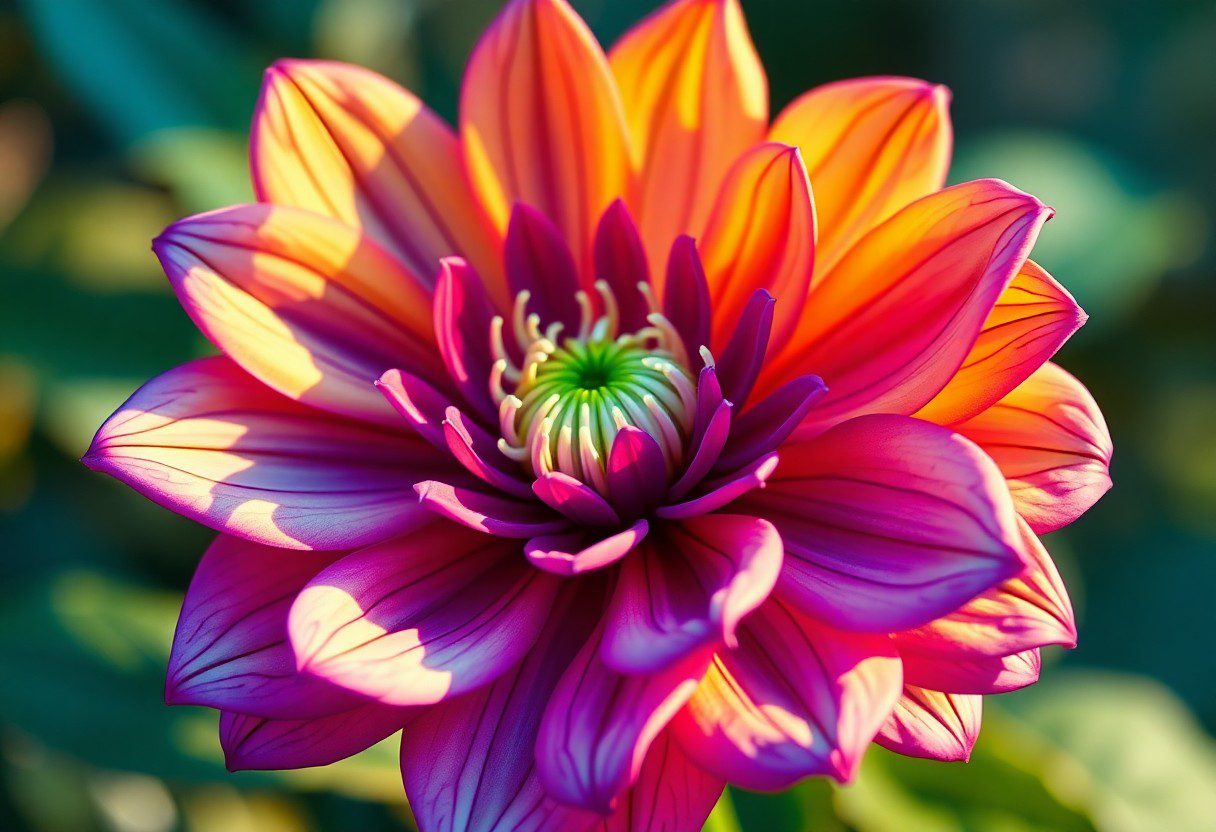Many people enjoy the relaxing and creative process of coloring, and you can easily enhance that experience by turning a favorite picture into a coloring page. This fun project not only taps into your artistic side but also allows you to create personalized artwork. In this guide, you’ll learn step-by-step methods to convert your photos using both digital tools and manual techniques, ensuring that your results are suitable for all ages. By following these instructions, you can create a unique coloring page that you and your loved ones will cherish.
Essential Tools and Requirements
Your journey to transforming a picture into a coloring page begins with some necessary tools and requirements. For this creative process, you will need access to digital software to edit images and tools like a scanner or a smartphone to capture your pictures. Additionally, having a printer will help you produce your finished coloring pages. Ensuring you have these items ready will greatly enhance your ability to turn photographs into fun and engaging coloring pages.
Digital Software Options
One of the most important components of this project is choosing the right digital software. Programs like Adobe Photoshop and GIMP offer powerful tools for converting images into coloring pages, allowing you to adjust contrast and apply filters to create outlines. Additional options like Canva provide user-friendly features for quick and easy edits. Explore different programs to find one that suits your skill level and needs.
Hardware Requirements
Any basic hardware setup will typically suffice for this project. You’ll need a computer or tablet capable of running your chosen digital software. A scanner is beneficial for digitizing hand-drawn images, while a smartphone camera can also capture high-quality photos for editing. Finally, a reliable printer will ensure that you can print your coloring pages clearly.
To ensure a smooth workflow, you should consider the quality of your hardware. A computer with adequate memory and processing power will allow you to manage image files effectively, while a high-resolution scanner can make a significant difference in capturing fine details. For best results, a quality printer is important to produce clean, sharp coloring pages; using less reliable equipment may lead to disappointing outcomes in your final products.
Preparing Your Image
The first step in turning a picture into a coloring page is preparing your image effectively. You’ll want to ensure that your selected photo meets specific criteria to transform it into an engaging outline for coloring. By adjusting aspects like size and format, you can facilitate the conversion process, making it smoother and more enjoyable for you.
Selecting Suitable Pictures
Some images work better than others when it comes to converting them into coloring pages. Choose pictures that have clear outlines and distinct shapes, such as portraits of people, animals, or simple objects. Ensure that your selection evokes interest, making it a fun challenge for anyone who colors it.
Image Quality Factors
There’s a variety of image quality factors to consider while choosing a photo. Focus on aspects that will affect the clarity of your coloring page, including:
- Resolution: Higher resolution images yield clearer outlines.
- Contrast: Images with significant contrast between subjects and background are easier to define.
- Lighting: Well-lit images provide better details for conversion.
This will ensure a more enjoyable coloring experience for you and others.
With careful consideration of these image quality factors, you can select the best images for your coloring pages. Focus on optimizing the resolution, enhancing contrast, and ensuring proper lighting. Each element contributes to a clear, defined outline that is easier to color. This attention to detail will set up the perfect foundation for creating delightful coloring pages.
Digital Conversion Methods
Any effective method for turning a picture into a coloring page involves digital conversion techniques. You can choose from either automated tools or manual editing, allowing flexibility based on your experience and desired results. Automated methods can quickly process images, but manual techniques give you finer control over the final product.
Automatic Conversion Tools
If you prefer a quick and effortless approach, automatic conversion tools are ideal. These online platforms and software applications allow you to upload your picture, instantly generating a coloring page from it. The results can vary, so you may want to try different tools to find the one that works best for your image.
Manual Editing Techniques
Some may prefer manual editing techniques to achieve a more personalized coloring page. By using software like Adobe Photoshop or GIMP, you can adjust contrast, use filters, and trace outlines to create a distinctive design. This method is more time-consuming but can yield exceptional results tailored to your taste.
Tools like Adobe Photoshop and CorelDRAW provide powerful features for manual editing. You can use layer adjustments to refine outlines and enhance details in your image. While this process may seem complex, it allows for creative expression by enabling you to emphasize specific elements that resonate with your artistic vision. Keep in mind that mastering these tools will improve your overall outcomes, making your coloring pages truly unique.
Adjusting Image Elements
For creating a vibrant coloring page, you need to adjust various image elements. This means manipulating the photo to highlight the outlines and important features while minimizing distractions. By focusing on specific elements, you can ensure that your final coloring page is not only engaging but also easy to color, allowing the artistic nature of the image to truly shine.
Contrast and Brightness
For enhancing your image, adjusting the contrast and brightness is crucial. Increasing the contrast can help accentuate the outlines and backgrounds, making them more prominent. Balancing brightness ensures that lighter areas do not wash out the details, giving you a cleaner image overall for your coloring page.
Line Weight and Clarity
Weight adjustment of the lines in your image is vital for clarity. Thicker lines can make certain areas stand out, while thin lines provide delicate details. Ensuring that your line weights are consistent across the image will improve visual appeal and make coloring easier. Clear, bold outlines will guide the coloring process, emphasizing the shapes and curves you want to showcase. Maintain a balance between boldness and finesse to create a compelling coloring page that invites creativity.
Enhancing Coloring Page Quality
After creating your initial coloring page from a picture, the next step is to enhance its quality for a better coloring experience. Focus on improving line clarity, ensuring that the outlines are crisp and distinct. This can involve adjusting the contrast and brightness, allowing the details to stand out. By making these adjustments, your coloring page will be more inviting and enjoyable to color in, resulting in a more satisfying final product.
Simplifying Complex Details
Coloring pages are best when they are easy to navigate. Simplifying complex details can make the coloring process more enjoyable and manageable. Identify intricate areas and reduce them to basic forms, retaining only the crucial features. This way, colorists can fill large sections without feeling overwhelmed, ensuring a smooth coloring experience.
Adding Texture Elements
Some textures can significantly enhance your coloring page, giving it depth and character. By incorporating various patterns such as stripes, dots, or waves, you can create a more engaging and dynamic surface for coloring. These texture elements provide visual interest and allow colorists to experiment with different shading techniques, ultimately elevating their artwork.
Simplifying the design of your coloring page can also involve careful consideration of balanced texture elements. When you add textures, choose patterns that complement the overall design without overcomplicating it. For example, use light effects or subtle backgrounds to draw attention to the main image rather than distract from it. Ensure that textures are consistent and do not clash with other elements, creating a harmonious and appealing coloring page that encourages creativity while remaining approachable.
Formatting and Exporting
Despite the creative process you’ve gone through to turn your picture into a coloring page, it’s important to ensure that the final output is formatted and exported correctly for the best results. This step involves adjusting the size, resolution, and file format to suit the needs of your project, whether it’s for printing or digital use.
Size and Resolution Settings
Some factors to consider when setting the size and resolution of your coloring page include the intended use and the medium you’ll be using for coloring. Keeping a resolution of at least 300 DPI ensures that your coloring page maintains sharpness and clarity, allowing for an enjoyable coloring experience.
File Format Selection
An imperative aspect of exporting your coloring page is selecting the right file format. Common formats include PDF, JPEG, and PNG, each serving different purposes based on quality or compatibility.
Understanding the requirements for your project can help you choose the most suitable format. For instance, PDF files are often preferred for printing due to their high-quality vector format, maintaining sharpness and scalability without loss of detail. JPEG files are useful for quick sharing online but may not retain the finest details, which could impact your coloring page’s appeal. Lastly, PNG files support transparency and are excellent for digital applications. Always select the format that aligns best with your creative vision and needs to ensure a successful coloring experience.
Summing up
So, by following these steps—choosing a suitable image, converting it into a sketch with various tools, and adjusting the outlines—you can easily turn any picture into a fun coloring page. This process not only provides an opportunity for creativity but also allows you to personalize your coloring experience. Whether for relaxation, educational purposes, or art projects, creating a coloring page from your favorite image can be an enjoyable and rewarding endeavor. Additionally, there are plenty of online tutorials and resources available that teach you how to create coloring pages, making the process even more accessible for everyone. You can experiment with different styles and techniques, such as adding intricate patterns or thematic elements that resonate with your artistic vision. Ultimately, the ability to transform images into coloring pages not only enhances your artistic skills but also enables you to share your creations with friends and family, creating a collaborative and engaging art experience.
Q: What tools do I need to turn a picture into a coloring page?
A: To transform a picture into a coloring page, you can use various tools, such as graphic design software like Adobe Illustrator or free online tools like Canva and GIMP. Additionally, mobile applications like Photoshop Express and Colorfy can assist in simplifying images for coloring purposes. If you prefer a manual approach, tracing paper and markers can also work well.
Q: What are the best techniques for converting a picture into a coloring page?
A: One effective technique is to use a photo editing software to adjust the picture to black and white, increasing contrast to emphasize lines. You can also apply filters that convert images into sketches or outlines. Another method involves tracing the main features of the image on a separate layer, allowing you to create a clean outline that serves as the basis for your coloring page.
Q: Can I use any picture for creating a coloring page?
A: While most pictures can be turned into coloring pages, it’s best to choose images with clear outlines and fewer colors for optimal results. Complex images might require more editing to simplify them. Additionally, make sure the images you choose are either your own or free for personal use to avoid copyright issues.
